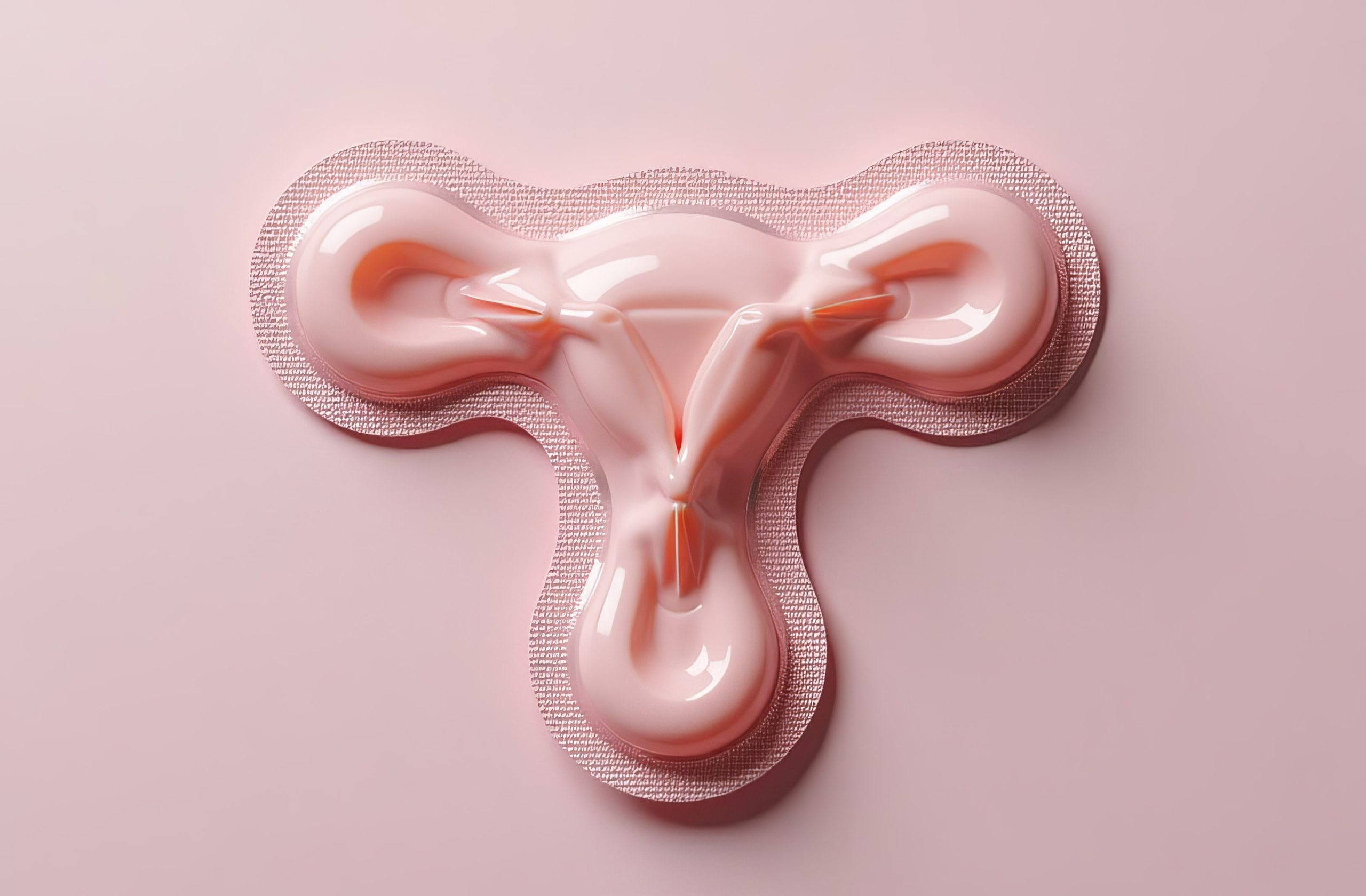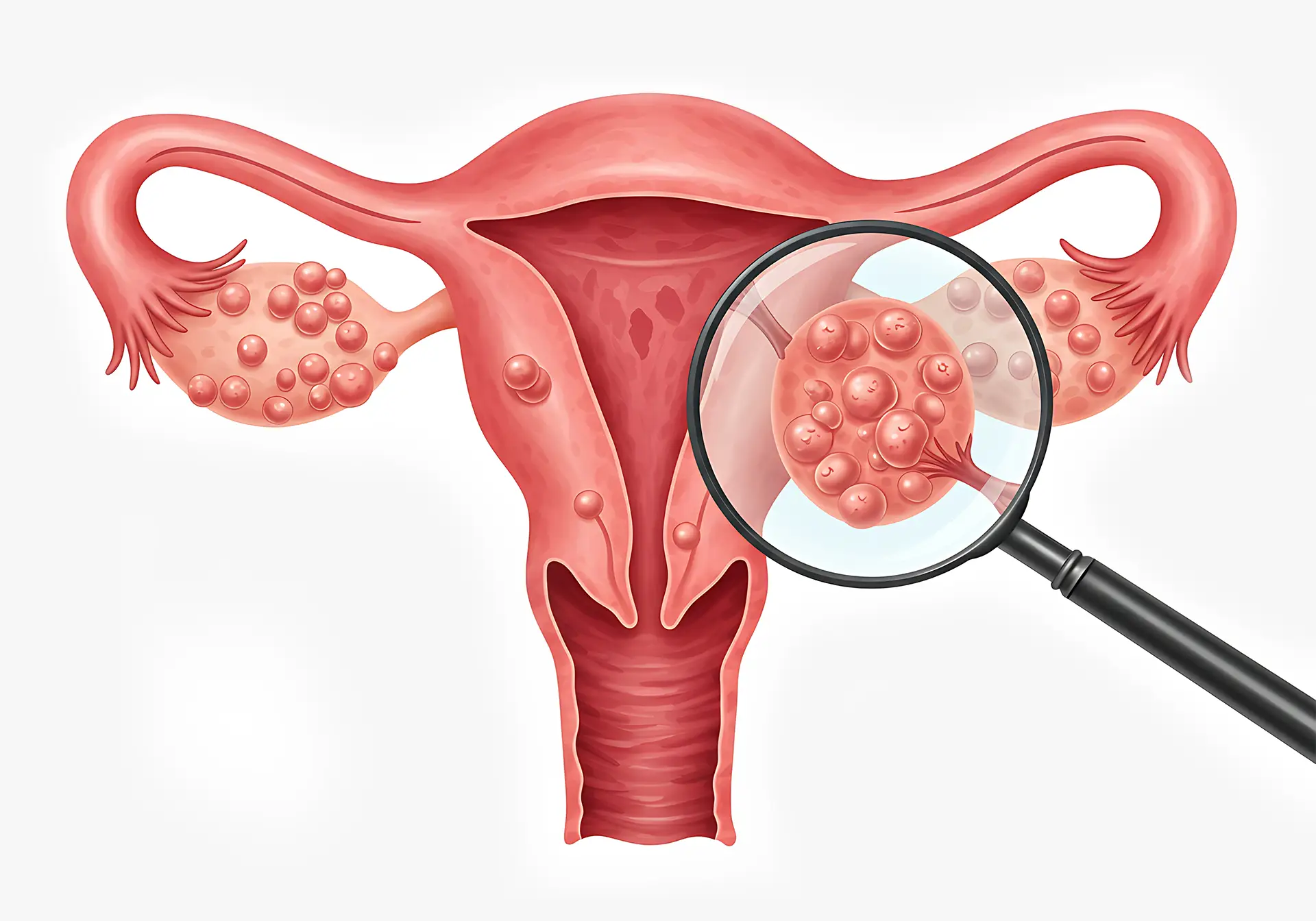If you’ve been diagnosed with uterine fibroids, you might be feeling overwhelmed and wondering if surgery is your only option. The good news is, it doesn’t have to be. Many women have successfully managed their fibroids without surgery.
Whether you’re hoping to avoid surgery or want to explore all your treatment options, there are a variety of treatments that could work for you. Let’s find out.
Considerations When Choosing a Treatment Option
Consider the following factors to help you determine which treatment might be best for you. Understanding these factors can help you make the right choice for your body and lifestyle.
Severity of Symptoms
The first thing to think about is how much your symptoms are affecting you. Some women with fibroids feel little to no discomfort, while others may struggle with heavy bleeding, pelvic pain, frequent trips to the bathroom, or even fertility issues.
If your symptoms are mild, non-surgical treatments like medication or alternative therapies could be sufficient to help. But if your fibroids are causing more serious problems, you might need to explore other treatment options that offer more relief.
Age and Fertility Plans
Your age and any plans you have for future pregnancies are significant when deciding if treatments without surgery are right for you. If you’re still in your reproductive years and want to keep your fertility options open, you’ll likely want uterine fibroid treatments that won’t risk your uterus or ovaries.
Some non-surgical options, like medications or uterine artery embolisation, can shrink fibroids without affecting your ability to have children, although everyone’s experience can be a little different.
Size and Location of Fibroids
The size and location of your fibroids also affect treatment decisions. For example, fibroids inside the uterine cavity) can be more challenging to treat without surgery compared to those located iny (called submucosal fibroids the uterine wall or on the outside of the uterus.
Larger fibroids might not shrink as quickly with medications or alternative treatments; minimally invasive procedures give you better results in those cases.
Overall Health Condition
Your overall health and medical history are also important when considering non-surgical treatments. For example, if you have other health conditions like heart disease, some medications might not be safe for you, and certain minimally invasive procedures might not be suitable.
Talking with your doctor will help you figure out which treatment options are the safest and most effective for your specific needs.
Exploring Non-Surgical Treatment Options for Uterine Fibroids
Several non-surgical treatments are available for uterine fibroids, each with advantages and considerations.
Medication
Medications can manage the symptoms of fibroids, especially if your fibroids are smaller or you’re not quite ready for surgery. Some common options include:
- Hormonal treatments: Medications like birth control pills, progesterone IUDs, and GnRH agonists can help regulate your menstrual cycle and even shrink fibroids by controlling the hormones that cause them to grow.
- Tranexamic acid: This can help reduce heavy menstrual bleeding.
- NSAIDs (Nonsteroidal anti-inflammatory drugs): These are effective for easing the pain and inflammation that fibroids can cause.
While these medications can help manage symptoms, they may not shrink fibroids permanently, and you might need to use them long-term to keep symptoms under control.
Minimally Invasive Procedures
If you’re looking for ways to avoid surgery, minimally invasive procedures could be an option. These procedures are usually done with either local or general anaesthesia, and the recovery time is shorter than that of traditional surgery.
- Uterine artery embolisation (UAE): This procedure blocks the blood circulation to the fibroids, causing them to shrink over time. It’s a good choice for women who want relief from symptoms but aren’t ready for surgery.
- MRI-guided focused ultrasound (MRgFUS): This method uses high-frequency ultrasound waves to destroy fibroid tissue, guided by MRI to ensure precision.
- Endometrial ablation: Removal of the uterine lining to help control heavy bleeding caused by uterine fibroids. While it can ease symptoms, it’s not ideal for women who want to preserve their fertility.
These treatment options can offer significant relief without open surgery, but you should make an informed decision after consulting with your doctor.
Are Non-Surgical Treatments Right for You?
Non-surgical options can work for many women, especially those with mild to moderate symptoms, smaller fibroids, or those looking to preserve their fertility. However, they might not be the best choice for everyone.
We recommend talking through all your options with your healthcare provider. They can point you to the treatment which will be most effective based on the size and type of your fibroids, your symptoms, and your overall health.
Consult Dr T C Chang
If you’re considering treatments without surgery for uterine fibroids, speak to a specialist like Dr. T C Chang for personalised advice. With his expertise in managing fibroids and various treatment options, Dr. Chang can help you make the best decision for your specific needs.
Schedule a consultation today.



